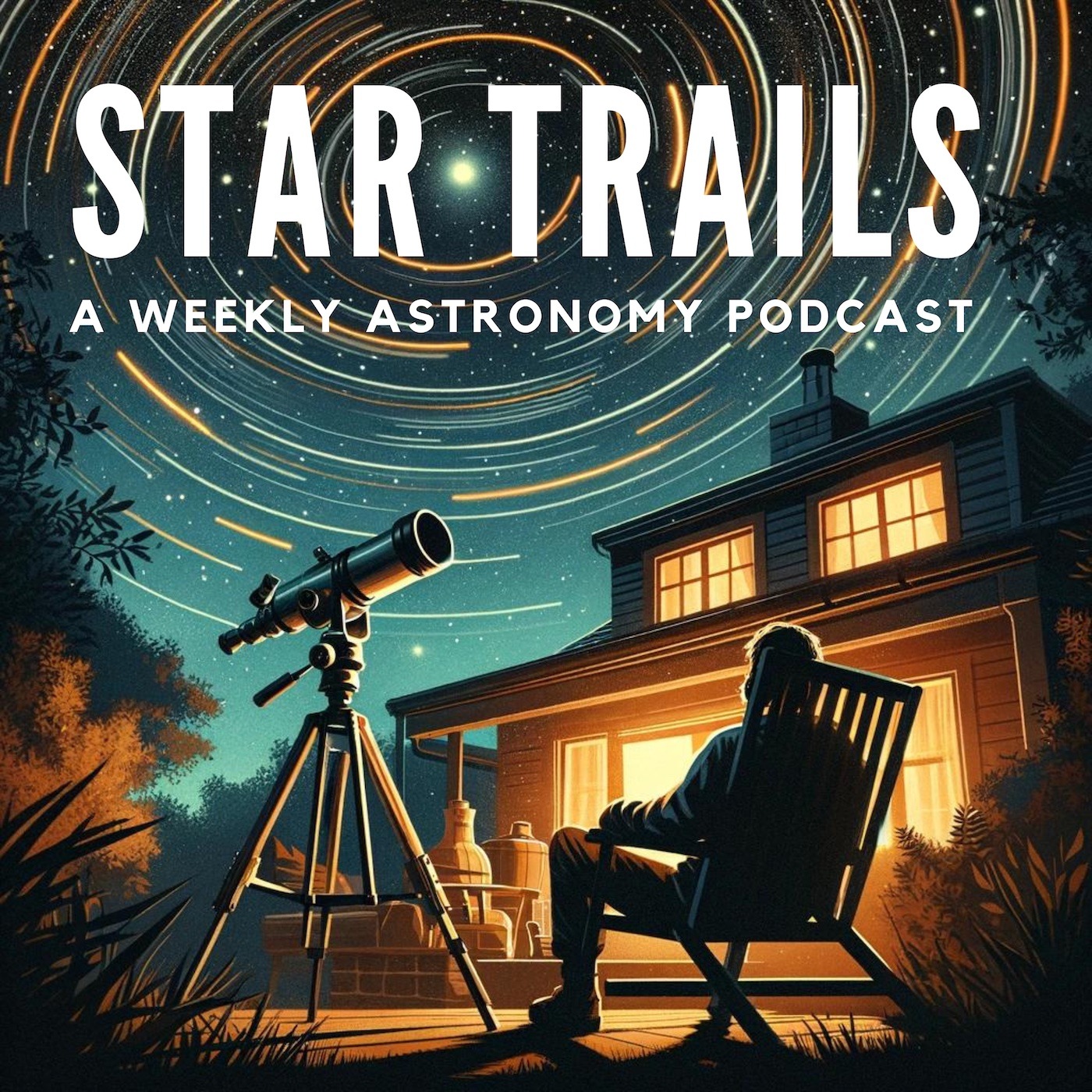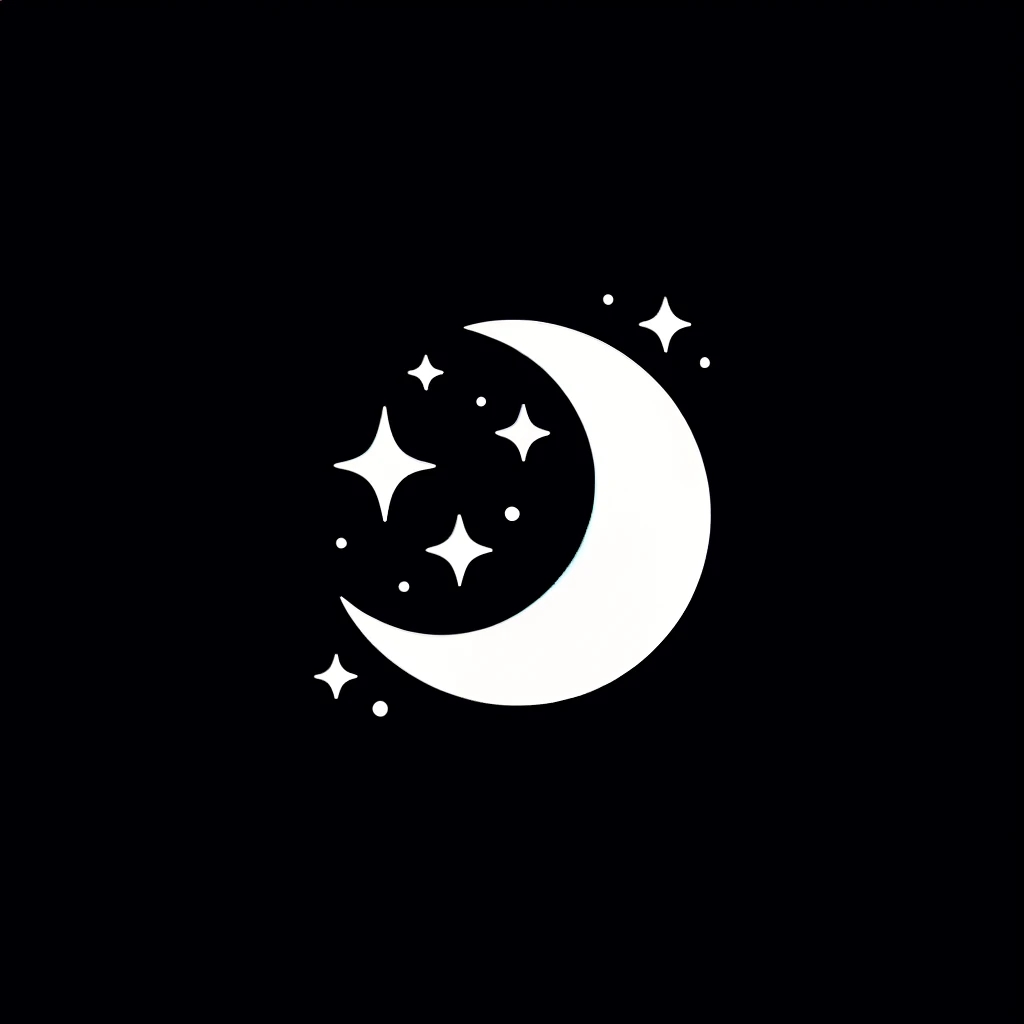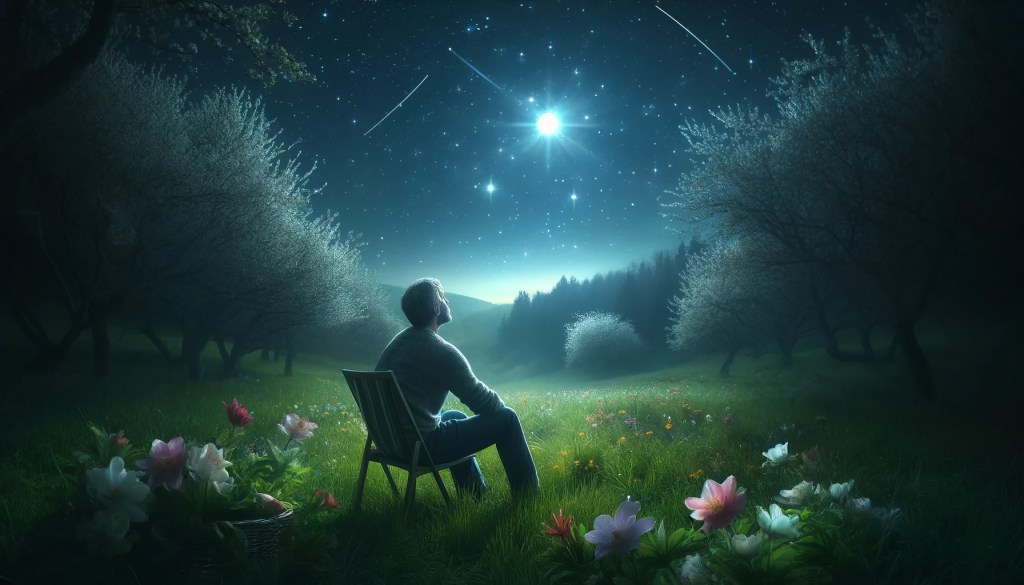
Moving into May Skies, Plus, Paying Homage to Hubble – Star Trails: A Weekly Astronomy Podcast
EP13
Tune in this week with Drew on Star Trails as we embark on a celestial safari from April 28 to May 4. Uncover the dynamic changes of the moon, catch early sightings of Jupiter at sunset, and meet the morning stars, Saturn and Mars. We’ll guide you through spotting elusive planets like Uranus and Neptune with your binoculars and delve deep into the cosmos to the Virgo Cluster.
Plus, we pay homage to the legendary Hubble Space Telescope, celebrating over three decades of astronomical breakthroughs.
Transcript
Hello, night sky enthusiasts! I’m Drew, your guide through the cosmos. This week on Star Trails, we’re exploring the spectacular sights in the night sky from April 28 to May 4. So grab your binoculars or telescope and let’s begin our journey through the stars.
As always, we’ll start with our lunar companion. This week, the moon transitions from a waning gibbous to a waning crescent. On April 28, it’s still brightly illuminated but will shrink each night, reaching last quarter by May 1. By the week’s end, the moon’s crescent will be a slim 18% visibility, creating darker skies for our other observations.
Now, onto the planets. Jupiter, the king of planets, is setting just after sunset in the constellation Aries, making early evening the best time to catch a glimpse. Look to the west just after the sun dips below the horizon.
Early risers are in for a treat too! Saturn is visible in the morning sky, located in Aquarius. It’s best seen in the pre-dawn hours, so set your alarm and look southeast before the sun brightens the sky. Don’t miss Mars either. It’s not particularly bright, but you can catch it in Pisces, close to Saturn. These two provide a striking tableau against the backdrop of the pre-dawn light
And for those who love a challenge, Uranus and Neptune are also in play, though you’ll need binoculars to spot them. Uranus sets shortly after Jupiter in the evening, while Neptune appears in Pisces just before dawn. It’s a fantastic opportunity to see the more elusive planets.
Now, let’s dive deeper into the cosmos. The Big Dipper, part of Ursa Major, is almost directly overhead in the early evening. This prominent asterism not only serves as a guide to other stars but also points the way to the magnificent M51, the Whirlpool Galaxy, located near the handle.
Speaking of galaxies, don’t miss the Leo Triplet, a small group of interacting galaxies that includes M65, M66, and NGC 3628. Found in the constellation Leo, these galaxies are a treat for telescope users, showcasing the gravitational dance that shapes our universe.
Another deep sky gem is the Virgo Cluster, the largest cluster of galaxies in our vicinity. Located in the constellation Virgo, it’s home to more than a thousand galaxies. Among these, the bright galaxies M49, M58, M87, and M90 are visible with a small telescope under good conditions, offering a fascinating look at different galaxy structures.
For nebula enthusiasts, the Owl Nebula, M97, in Ursa Major is a treat. This planetary nebula appears as a ghostly round cloud with a pair of dark patches that resemble owl eyes, hence its name. It’s a beautiful example of the fate awaiting medium-sized stars like our Sun.
Before we go, let’s take a look back at a significant event in the history of astronomy – the Hubble Space Telescope.
Launched on April 24, 1990, aboard the Space Shuttle Discovery, Hubble wasn’t just another satellite; it was the culmination of decades of planning and engineering. Nestled in the cargo bay of Discovery during mission STS-31, Hubble was set to become humanity’s eye into the depths of space, free from the blurring effects of Earth’s atmosphere.
The story of Hubble is a tale of human perseverance. Initially, the excitement around Hubble turned into heartache when the first images came back blurry. It turned out there was a flaw in the main mirror—just a slight error in its shape, but enough to potentially cripple the mission. In 1993, a service mission corrected this with what was essentially a pair of glasses for the telescope, and since then, Hubble has been sending back stunning and revealing images of the universe.
From capturing the dramatic plumes of gas and dust in the Eagle Nebula—famously known as the “Pillars of Creation”—to the deep field images that look back in time more than 13 billion years to see the universe in its infancy. Hubble has not only shown us the beauty of the universe but has expanded our understanding of it. It’s helped us calculate the rate of expansion of the universe, observed the atmospheres of exoplanets, and peered into the violent births and deaths of stars.
Today, more than three decades later, Hubble continues to be a cornerstone of astronomical discovery. While it has faced mechanical issues and the harsh environment of space, through successive servicing missions, astronauts have upgraded its instruments, expanding its capabilities and prolonging its life.
Each image Hubble sends back is not just a photograph; it’s a piece of the cosmic puzzle. Astronomers all over the world use Hubble’s data to write research papers, to study phenomena that were once only theories. Schools, museums, and even art galleries display its images, inspiring not just scientists but artists, writers, and dreamers.
And let’s not forget, Hubble is a testament to international cooperation. It’s a project of NASA, with the European Space Agency, and its success has paved the way for future observatories like the James Webb Space Telescope.
So, when you look up at the stars tonight, remember that high above, Hubble is still zooming around Earth, every 97 minutes, capturing the universe photo by photo, helping us answer the age-old question: “What’s out there?”
That’s it for today’s episode. Join us next time on Star Trails as we continue our journey across the stars. Until then, keep your eyes on the skies and your hearts full of wonder. Clear skies, everyone!


Leave a comment